How Long Does Dash Cam Record?
Understanding Dash Cam Recording Duration: A Comprehensive Guide
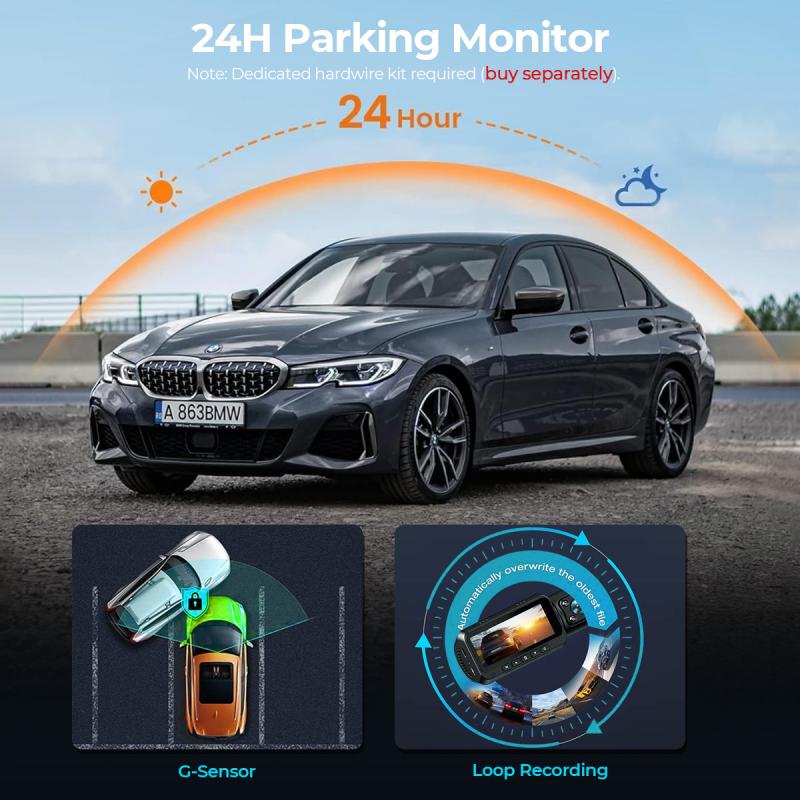
Dash cams have become an essential tool for drivers seeking peace of mind, evidence in the event of an accident, or even just capturing scenic road trips. However, a common question many users ask is, “How long does a dash cam record?” The answer to this depends on several factors, including the type of dash cam, storage capacity, recording settings, and external power options. In this article, we’ll explore these factors in detail and provide practical advice to help you optimize your dash cam's recording time.
---
1. The Role of Storage Capacity
One of the primary determinants of how long a dash cam can record is its storage capacity. Most dash cams use microSD cards for storage, and their recording duration is directly tied to the card's size. Common microSD card capacities range from 16GB to 512GB, though the most frequently used cards for dash cams are between 32GB and 128GB.
Approximate Recording Times by Card Size
- 16GB: 1–2 hours (high-definition recording)
- 32GB: 2–4 hours
- 64GB: 4–8 hours
- 128GB: 8–16 hours
- 256GB: 16–32 hours
Recording times can vary significantly depending on the quality of the video being recorded. For instance, a 1080p full HD video requires more space than a 720p recording, and 4K ultra HD footage demands even more.
---
2. Recording Quality and Resolution Settings
Higher-resolution recordings produce clearer footage but consume more storage. Most modern dash cams offer multiple resolution options, such as:
- 720p: Lower quality but more extended recording time.
- 1080p (Full HD): A balance between clarity and storage efficiency.
- 1440p or 2K: Enhanced clarity for details like license plates, at the expense of storage.
- 4K: Best quality but shortest recording duration per GB.
Reducing the resolution can significantly increase recording time, so users need to weigh the importance of video quality against their need for longer recording durations.
---
3. Loop Recording: Continuous Operation
To address storage limitations, most dash cams are equipped with a loop recording feature. When the storage card is full, the oldest footage is automatically overwritten by new recordings. This ensures that the dash cam continues to record without requiring manual intervention.
How Loop Recording Works
- Users can typically configure loop recording intervals (e.g., 1, 3, or 5 minutes).
- Smaller intervals make it easier to locate specific clips.
- Important recordings, such as those triggered by incidents or emergencies, are often locked to prevent overwriting.
By enabling loop recording, users ensure their dash cam operates seamlessly, even with smaller storage cards.
---
4. External Power Sources and Parking Mode
Another factor affecting recording time is the availability of power. Dash cams are usually powered by the vehicle’s battery through the cigarette lighter or a hardwiring kit. When the car is turned off, however, the power supply is typically cut off, limiting recording duration.
Solutions for Extended Recording
- Built-in Batteries: Some dash cams include small internal batteries for limited recording after the engine is off, typically lasting 10–30 minutes.
- Capacitors: A more durable alternative to batteries, capacitors help stabilize power but don’t support extended recording.
- Hardwiring Kits: These kits connect the dash cam to the car’s battery, enabling features like parking mode for continuous recording when the car is off.
- External Battery Packs: Dedicated battery packs can power a dash cam for several hours independently.
For those who want surveillance while their vehicle is parked, investing in a hardwiring kit or external battery is essential.
---
5. Impact of Advanced Features
Modern dash cams come equipped with advanced features that can influence recording duration, including:
- Motion Detection: Records only when motion is detected, conserving storage and power.
- G-Sensor Activation: Automatically saves footage when a collision or sudden movement is detected, ensuring critical moments are not overwritten.
- Event Triggering: Similar to G-sensors, but includes events like abrupt braking or sharp turns.
These features help optimize storage and power usage, allowing the dash cam to focus on significant events rather than continuous recording.
---
6. Practical Tips for Optimizing Dash Cam Recording Time
Now that we’ve covered the factors affecting recording duration, here are some actionable tips to maximize your dash cam’s performance:
Choose the Right Storage Capacity
If you drive frequently or require high-resolution recordings, invest in a 128GB or larger microSD card. For occasional drivers, a 32GB card may suffice.
Adjust Video Quality Settings
Unless you need ultra-detailed recordings, consider lowering the resolution to 1080p or 720p to increase recording time without drastically compromising quality.
Enable Loop Recording
Always keep loop recording activated to ensure the dash cam doesn’t stop recording when the storage is full.
Use a Hardwiring Kit
For extended recording or parking mode, a hardwiring kit ensures the dash cam remains powered even when the vehicle is off.
Regularly Format Your Card
MicroSD cards can wear out over time, especially with continuous overwriting. Regular formatting (monthly or as recommended by the manufacturer) helps maintain performance and reliability.
---
7. Addressing Specific Use Cases
For Daily Commuters
Daily drivers typically need a balance between recording quality and duration. A 64GB or 128GB card with 1080p resolution and loop recording is ideal for covering routine trips.
For Long-Distance Travelers
Those embarking on road trips may benefit from higher-capacity cards (256GB or more) and a power bank or hardwiring solution to ensure uninterrupted recording.
For Parking Surveillance
If you want your dash cam to monitor your parked car, look for a model with motion detection and pair it with a hardwiring kit or external battery pack.
---
Conclusion
The recording duration of a dash cam depends on several factors, including storage capacity, video resolution, loop recording settings, and power sources. By understanding these factors and customizing your dash cam’s settings, you can ensure that it meets your specific needs—whether for daily commutes, long trips, or parking surveillance.
When choosing a dash cam, consider your recording priorities and invest in the appropriate accessories, such as high-capacity microSD cards or external power solutions. Proper maintenance, including regular formatting and feature optimization, will also enhance your dash cam’s reliability and longevity.
Ultimately, with the right setup, your dash cam can serve as an invaluable tool for safety, security, and peace of mind on the road.


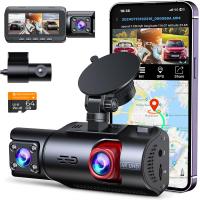

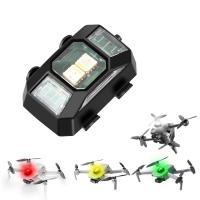
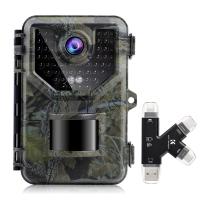


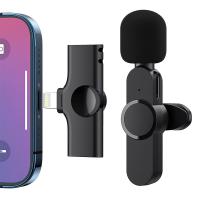
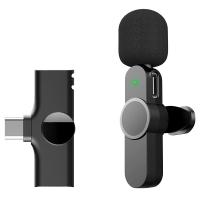
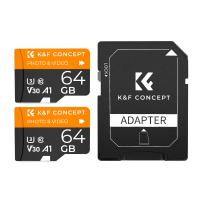

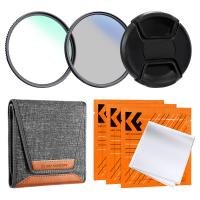
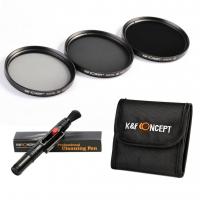
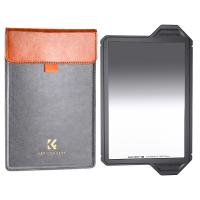
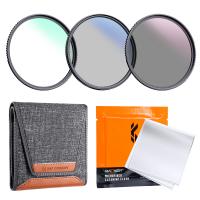

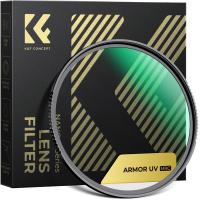

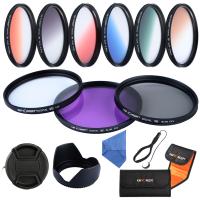
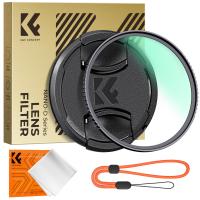
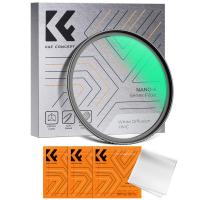
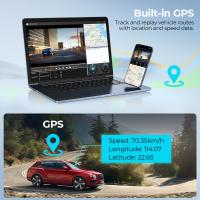



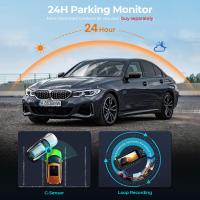
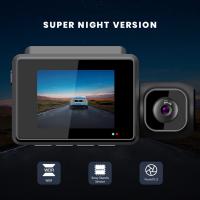
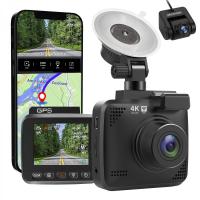

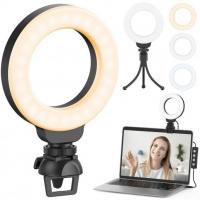
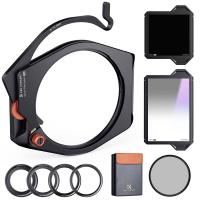
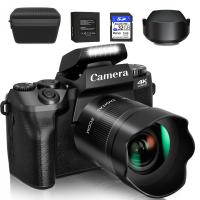
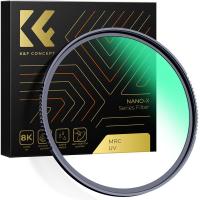

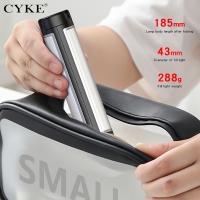
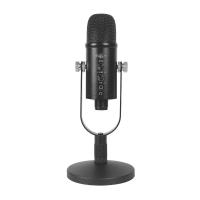
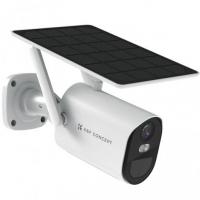

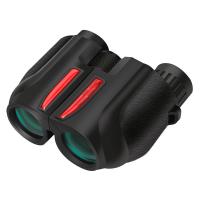
There are no comments for this blog.